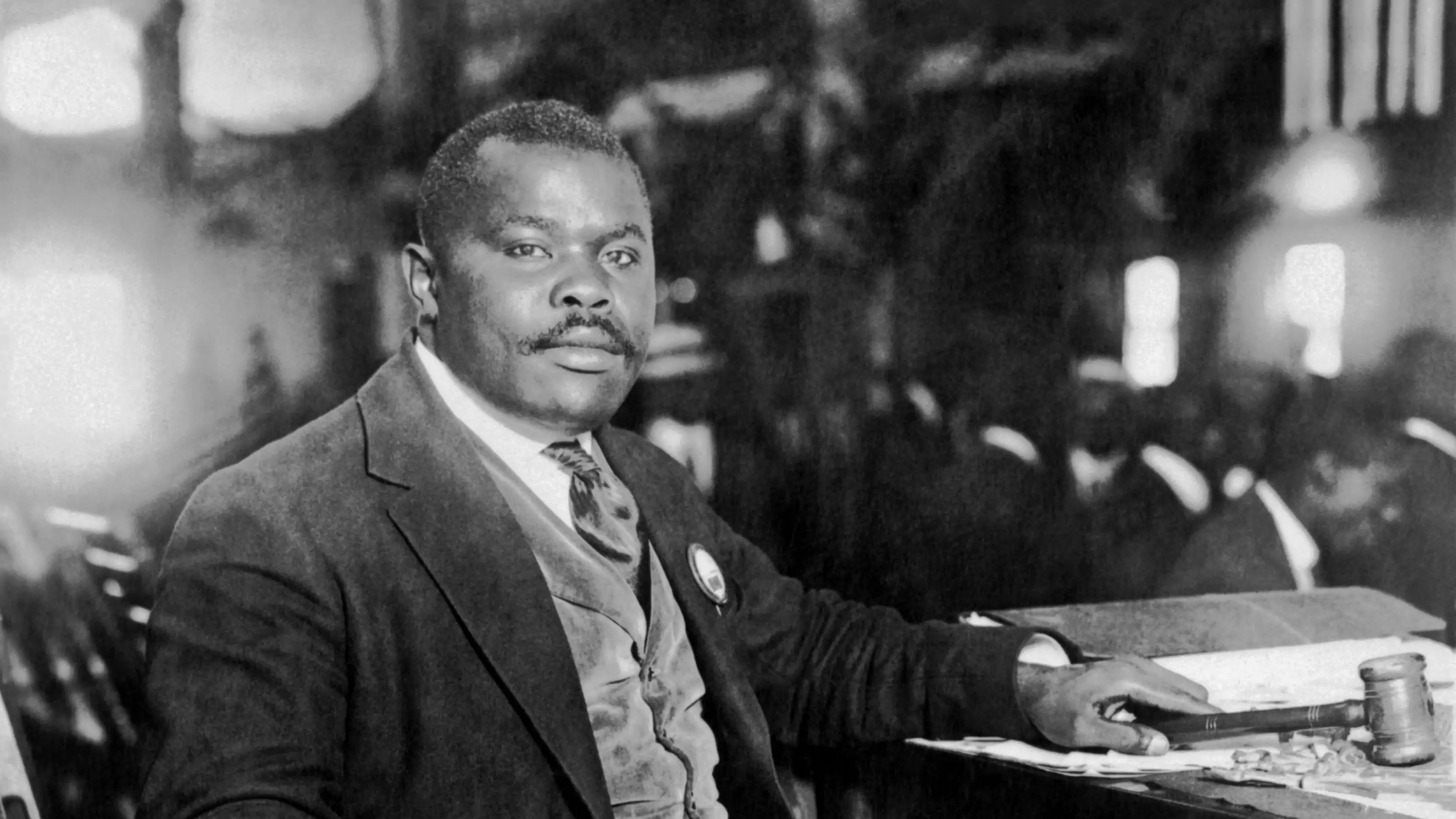If no action is taken, Bonaire will be seriously impacted by climate change. A study conducted by the Vrije Universiteit of Amsterdam (VU Amsterdam), and commissioned by Greenpeace Netherlands, shows the severe impacts of global warming on the Dutch Caribbean island. The rising sea level threatens to swallow up one fifth of the island by the end of this century, coral reefs will disappear and heat waves will increase. For the people living on Bonaire, life will never be the same. The Dutch government, which has been responsible for the special municipality since 2010, has put no dedicated policies in place to protect the low-lying island against the effects of climate change. Greenpeace Netherlands and residents of Bonaire demand climate justice for the island.
Research conducted by VU Amsterdam shows that people living on Bonaire are at great risk due to the rising sea level, the increasing heat and dying coral reefs. The research looks at the impact of different climate scenarios on the island1). If global warming is limited to 1.5 degrees, as agreed in the Paris Climate Agreement, the consequences will be significantly smaller than if global warming rises to 2.7 degrees or even 4.4 degrees. The Netherlands and the rest of Europe are not doing enough to reduce CO2 emissions, increasing the chance of the worst-case scenarios for Bonaire.
Helen Angela (50, laboratory technician and Bonaire resident): “The scientists’ information is very shocking. It’s good that we now have this information, because little is known on Bonaire about climate change and the consequences. We must not sit still, but act together, now. I hope many people will support us, we have to do this together.”
Judmar Emerenciana (25, graphic designer and Bonaire resident) created a mural on the subject. “We are at risk of losing our culture. But it’s not too late, this warning comes just in time for us to act. I don’t want the slave huts to end up under water in the future, and that we end up thinking, ‘we could have prevented this’.”
Flooding of infrastructure and cultural heritage
If global emissions are not significantly reduced, a fifth of Bonaire is in danger of being lost to the sea by the end of this century. If emissions are not reduced fast enough, even the capital Kralendijk is at risk of flooding. The low-lying southern tip of Bonaire will be affected too, including Lac Cai, the old fishing village on the island. Storms can further increase the risk of flooding. In each of the examined climate scenarios, roads and other fundamental infrastructure will also be damaged.
Climate change also has a major impact on Bonaire’s culture. In several scenarios, for example, cultural heritage in South Bonaire could be lost within thirty years. An example of this are the slave huts 2), a protected monument dating back to the island’s history of slavery.
Dying coral
The beautiful coral reef around Bonaire forms a natural breakwater and protects the island against flooding. In addition, the coral reef is deeply connected to the Bonairean identity, a nursery for marine life, and world famous amongst divers. Its future is at stake due to climate change. Only in the most optimistic climate scenario, where global warming remains just below the Paris Climate Agreement target, will the consequences not be significant before 2050. In the most extreme climate scenario, however, the amount of damage to the coral will be so severe that by 2050 only 13 of the 86 dive spots will be left. As a result, diving tourism will decrease and this will have a huge impact on the economy. In all of the scenarios the coral will continue dying after 2050. As a result, there is a high probability that all the coral will have disappeared by the end of this century.
Impact on public health
Climate change can also have major consequences for public health on Bonaire. Residents are more likely to be physically affected by heat, a condition known as heat stress. This leads to more illness and more deaths, partly because patients with cardiovascular disease experience more severe symptoms. Mosquitoes that spread viruses, such as Zika and Dengue fever, thrive even better as the climate warms, so an increased number of infections with these viruses is expected. Finally, the researchers conclude that due to the impact of floods and storms, the risk of psychological trauma in the future is high.
It’s now or never for Bonaire
The research makes it painfully clear that a maximum of 1.5 degrees global warming is a crucial threshold for Bonaire. If the Paris Climate Agreement target is not achieved, much more drastic measures will be needed to protect the inhabitants of Bonaire.
Pieter van Beukering, professor of Environmental Economics and director of the Institute for Environmental Studies (IVM) at the VU Amsterdam: “Until now, Dutch climate research has neglected the Dutch Caribbean islands, including Bonaire. This report is an important first step to change that. Our report does not yet clarify how we can best protect Bonaire against climate change, but it is clear that action needs to be taken urgently.”
Lawsuit against negligent government
Bonaire, Saba and Sint Eustatius have been special municipalities of the Netherlands since 2010, but the Dutch government has almost no plans to protect the islands against flooding caused by the rising sea level. This is in stark contrast to the extensive coastal protection in the European part of the Netherlands3). Rich countries, including the Netherlands and other European countries, are responsible for the majority of global CO2 emissions and yet do not make a fair contribution to the global effort to reduce those emissions. Bonaire is at risk of becoming the victim of this, because the warmer it gets, the greater the consequences of the climate crisis are for people living on the island. That is why Greenpeace Netherlands, together with residents of Bonaire, is preparing to take the Dutch government to court.
The policy of the Dutch government for the Caribbean Netherlands is not only unjust in the area of climate. For instance, many people can barely make ends meet, because the minimum wage is not based on the cost of living – unlike in the European Netherlands 4).
“The government has a duty to protect us against floods, coastal destruction and other life-threatening consequences of the climate crisis. It shouldn’t matter which Dutch municipality you live in, whether it’s Bonaire, the island of Ameland or Valkenburg. Yet the successive cabinets under the leadership of Prime Minister Rutte have done virtually nothing about these consequences for Bonaire. This is why Greenpeace and island residents are taking action and going to court, to enforce climate action for Bonaire,” says Faiza Oulahsen, head of Climate & Energy at Greenpeace Netherlands.
The first legal step, a writ of summons directed to the Dutch government, will be prepared in the coming months.





